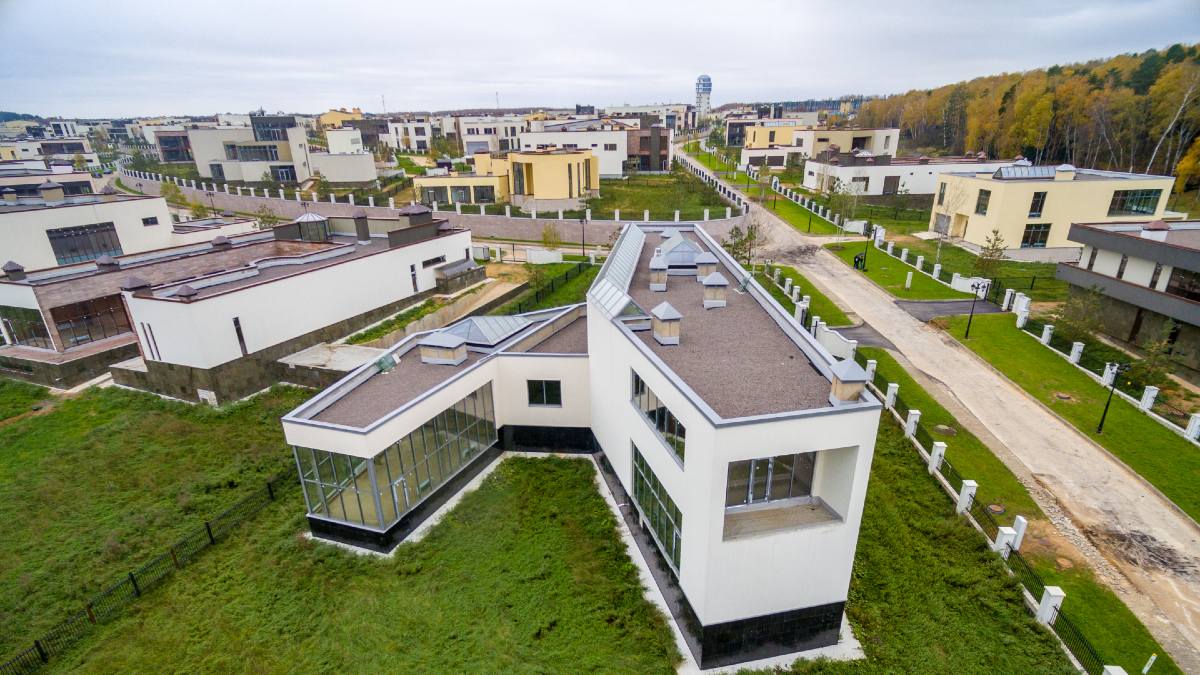
Australia's residential property values edged up by a modest 0.1% in November, signalling that the current growth cycle may be nearing its end.
CoreLogic's latest Home Value Index (HVI) revealed the November growth rate was the weakest result in the 22-month-long run of nationwide price increases.
Tim Lawless, research director of the property analytics firm, remarked that the national upswing in home values in the previous month "could be close to the last in its cycle".
"The downturn is gathering momentum in Melbourne and Sydney, while the mid-sized capitals - which have dominated the growth cycle of late - are also losing steam," Mr Lawless said.
The subdued increase has further slowed the annual price growth to 5.4%, down from 6% in October, although gains are still tracking a pace of 2-3% since mid-2024.
The national median dwelling value currently stands at $812,933, increasing only by about $3,000 from October.
Melbourne, Sydney drive decline in national values
Melbourne's median dwelling value has continued its tumble after recording a 0.4% fall over the month, taking the annual loss to 2.3%.
According to CoreLogic, the housing values in the Victorian capital have returned negative growth in 10 of the past 12 months.
Similarly, Sydney experienced a 0.2% drop in dwelling values in November, matching a downwardly revised 0.2% decline in October.
This marks Sydney's second consecutive month of falling home values since January 2023.
On a rolling quarterly basis, Melbourne has had the steepest drop of 1.0% among the eight capitals that saw losses, followed by Darwin (down 0.7%), Sydney (down 0.5%), and Canberra (down 0.3%).
Regional Victoria also weighed on the broader regional index, recording a 0.9% drop over the rolling quarter.
Despite this, the combined regional index outperformed the combined capitals, rising 1.1% over the past three months compared to the 0.3% lift in the capital cities.
Growth in mid-sized capitals loses momentum
Hot property markets Brisbane, Adelaide, and Perth continue to see home values increase in November, albeit at a slower pace, hinting that growth is stalling.
"The mid-sized capitals and most of the regional 'rest of state markets continue to provide some support for growth in the national index, but it is clear momentum is also leaving these markets," Mr Lawless said.
Perth's property price growth continues to lead the nation, with values up 1.1% over the month and 3% higher over the rolling quarter.
However, Mr Lawless noted, "This was the softest rise over a rolling three-month period since April 2023 and is less than half the rate of growth recorded through the June quarter."
Similarly, Brisbane's quarterly growth rate has eased to 1.8%, the slowest since March 2023.
Adelaide's 2.8% rise in values over the three months to November was also the smallest outcome since June last year.
Rising stock levels weaken housing market conditions
CoreLogic data indicates that an increasing supply of homes amidst weak demand is exerting downward pressure on prices.
During the spring selling season, the supply of houses and units advertised for sale saw a 16% uplift, which carried over to November.
Perth (up 33%) and Adelaide (up 25%) recorded the largest increase in advertised stock levels through the spring season, albeit from an extremely low base.
Meanwhile, Sydney and Melbourne saw listings tracking at 10.4% and 9.1% above their previous respective five-year averages.
The increased availability of homes doesn't appear to encourage homebuyers and property investors to make an offer.
"CoreLogic's estimate of capital city home sales over the past three months is -4.6% lower than a year ago, and -2% below the previous five-year average," Mr Lawless said.
Purchasing activity is weakest in Sydney, where sales over the rolling quarter were estimated to be 15.4% down from a year ago, and 15.1% below the previous five-year average.
"With more available supply and less purchasing activity, selling conditions have deteriorated through spring," Mr Lawless said.
"The combined capitals' auction clearance rate has held below the 60% mark since mid-October, and median selling times are trending higher for private treaty sales."
And with dwelling approvals in October hitting a 22-month high, homebuyers on the market are expected to have more choices.
ABS building approvals data released on Monday revealed total dwellings greenlit for construction was up 4.2% (seasonally adjusted) in October, reaching a total of 15,498.
The overall rise was driven by the 24.8% increase in apartment developments approved, primarily in New South Wales and Victoria.
In nine or more storey blocks, 2,782 apartments were approved in October, compared to 1,815 in September (in original terms).
"This was the most high-rise apartments approved since January this year," said Daniel Rossi, ABS head of construction statistics
Notably, the increase has more than offset the decline in private sector house approvals.
Private sector house approvals fell 5.2%, to 9,191 dwellings, following a 4.1% rise in September.
Image by Nikita Buida on Freepik